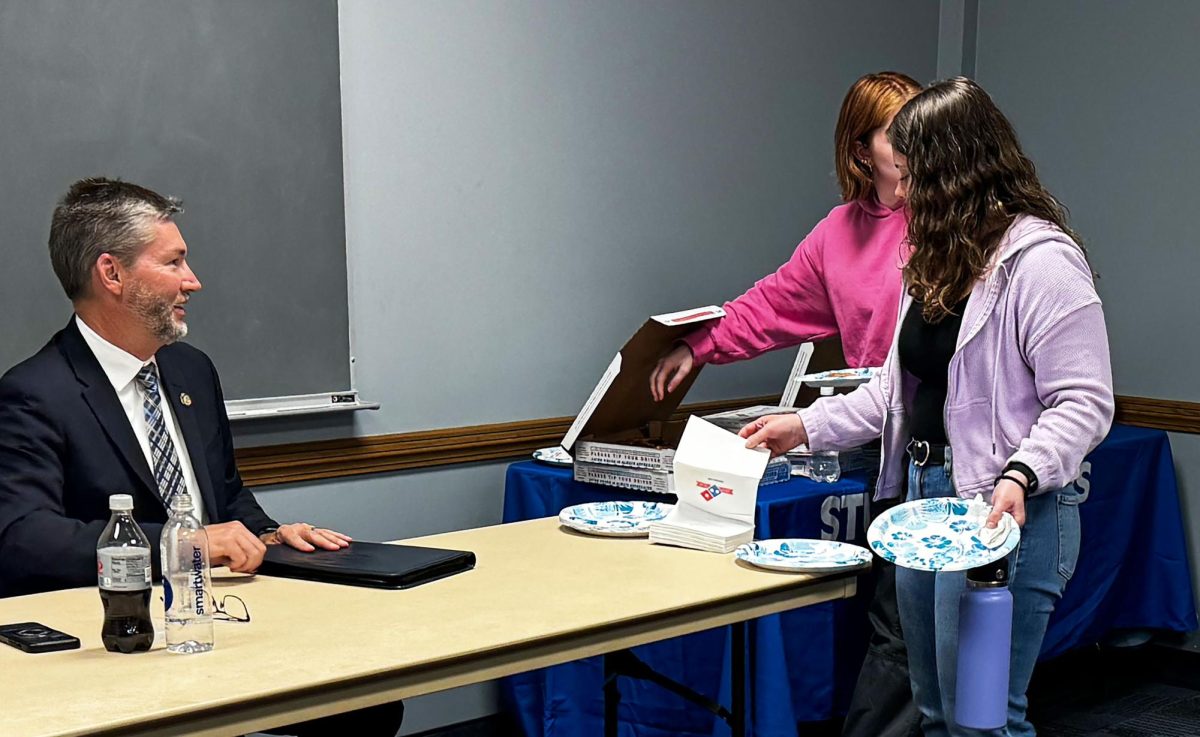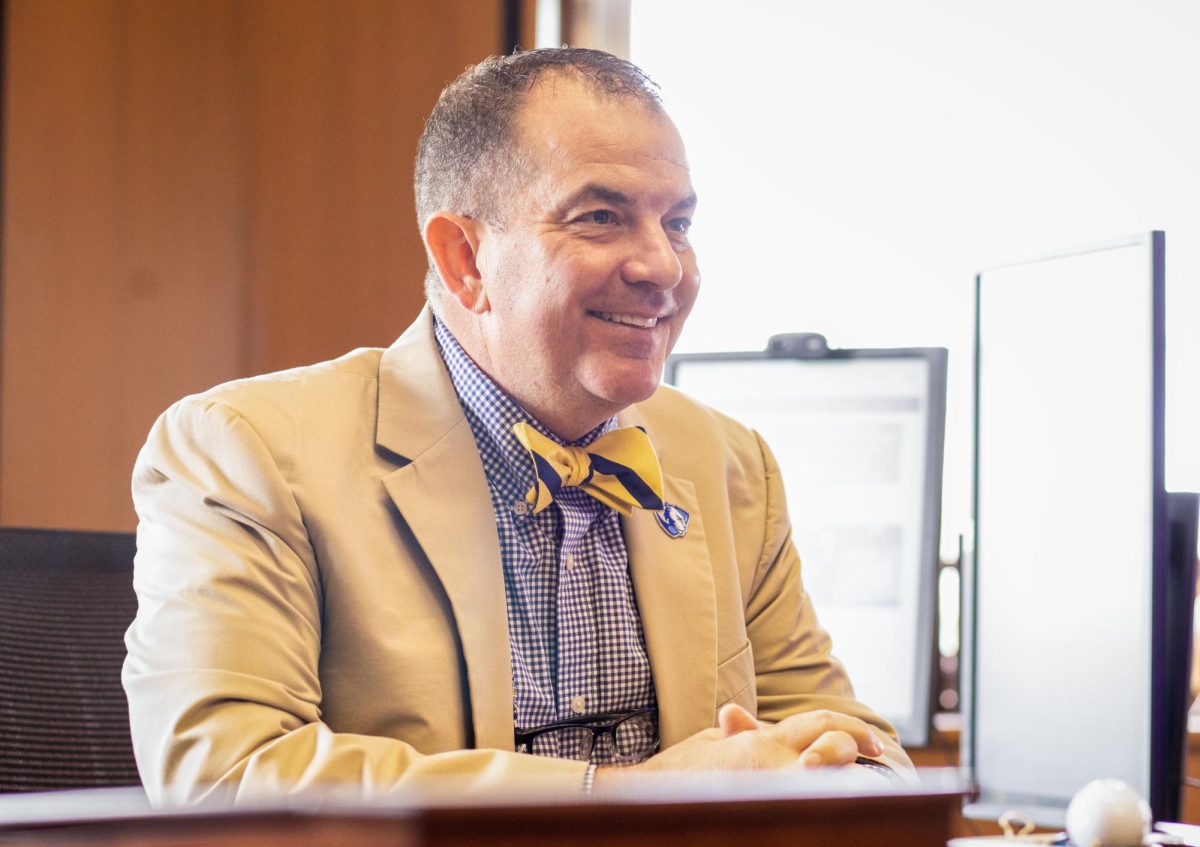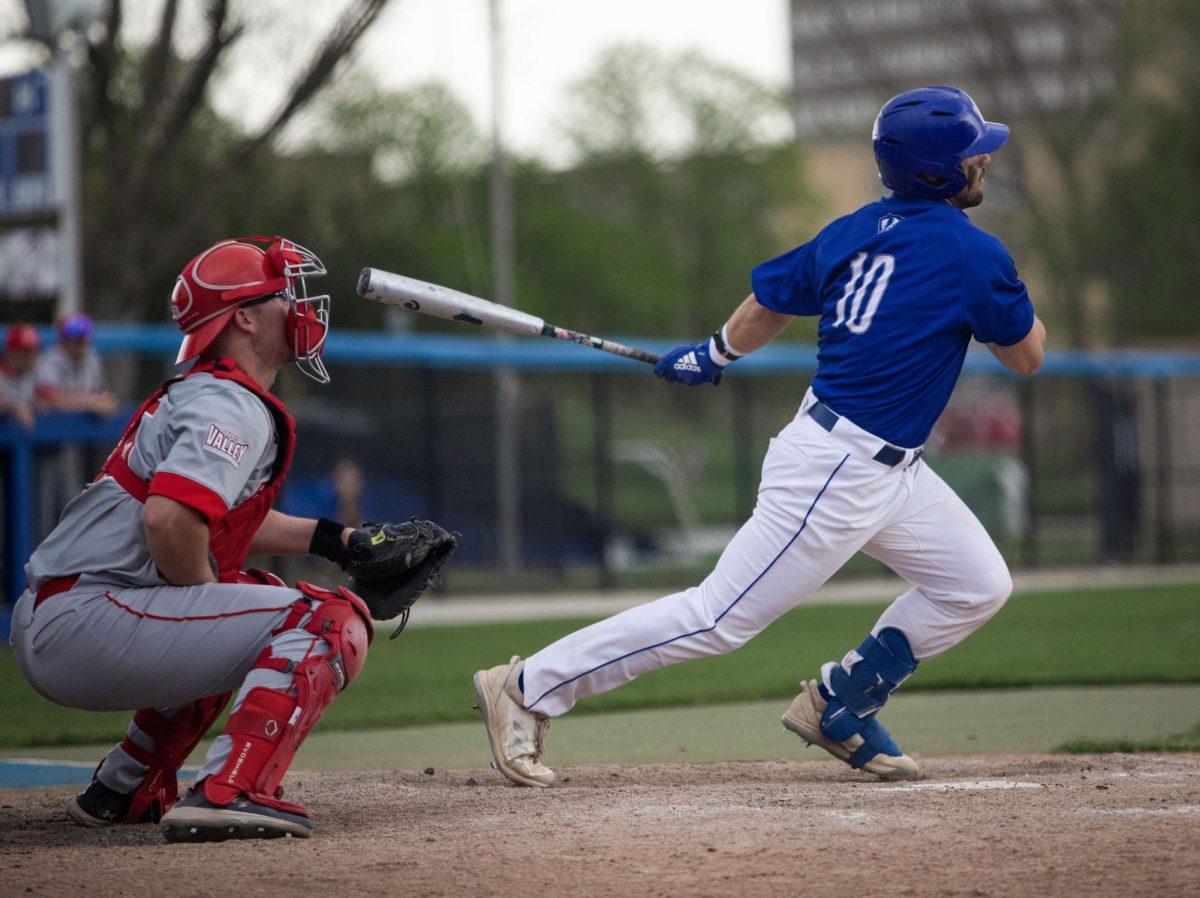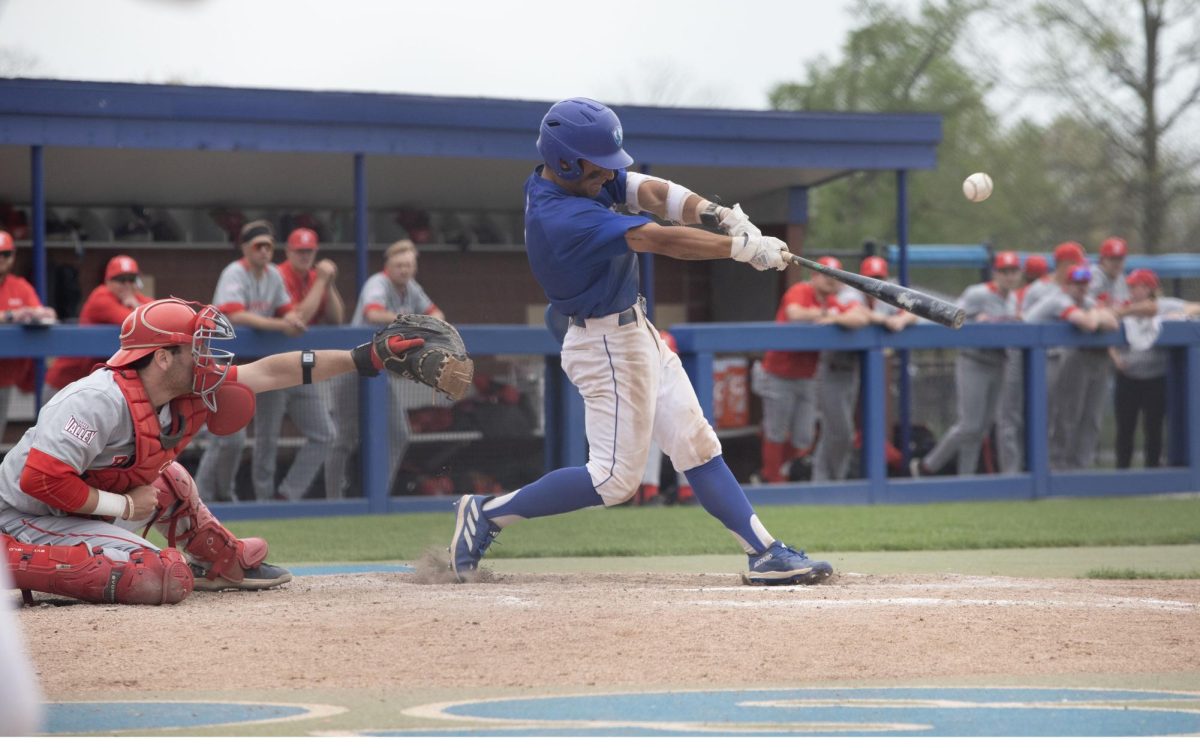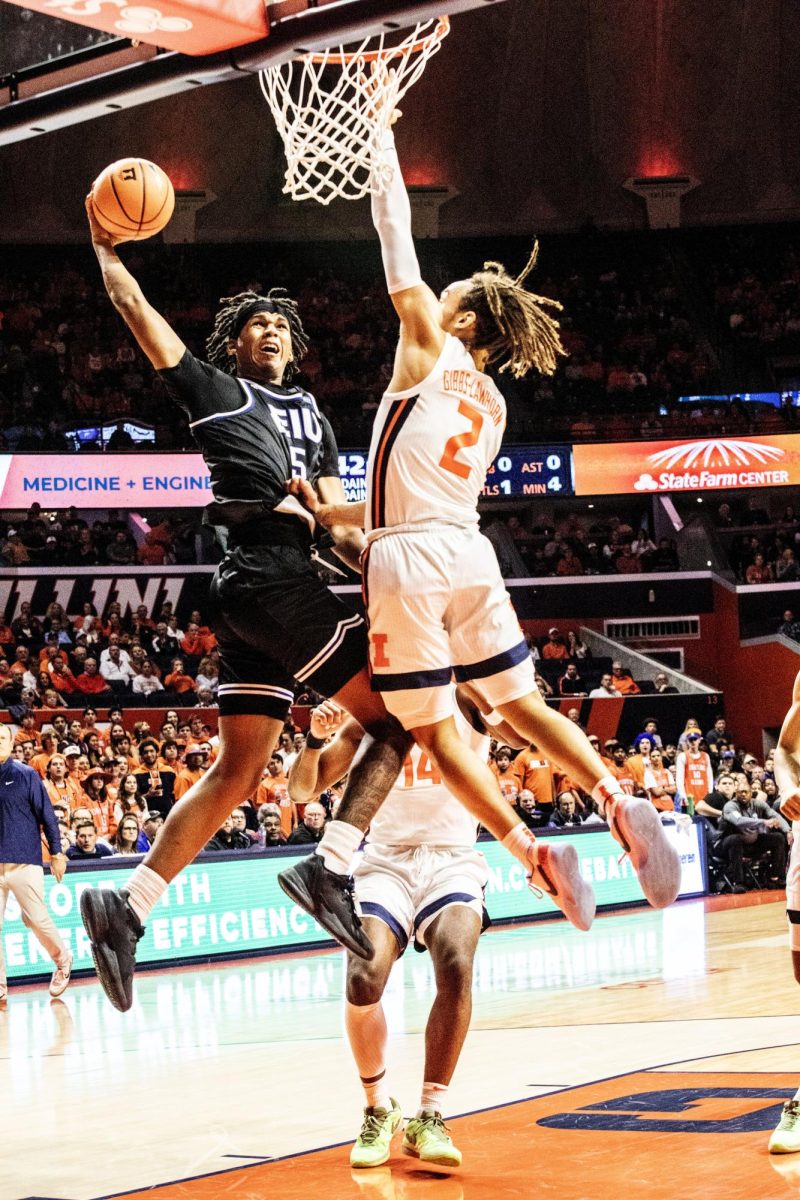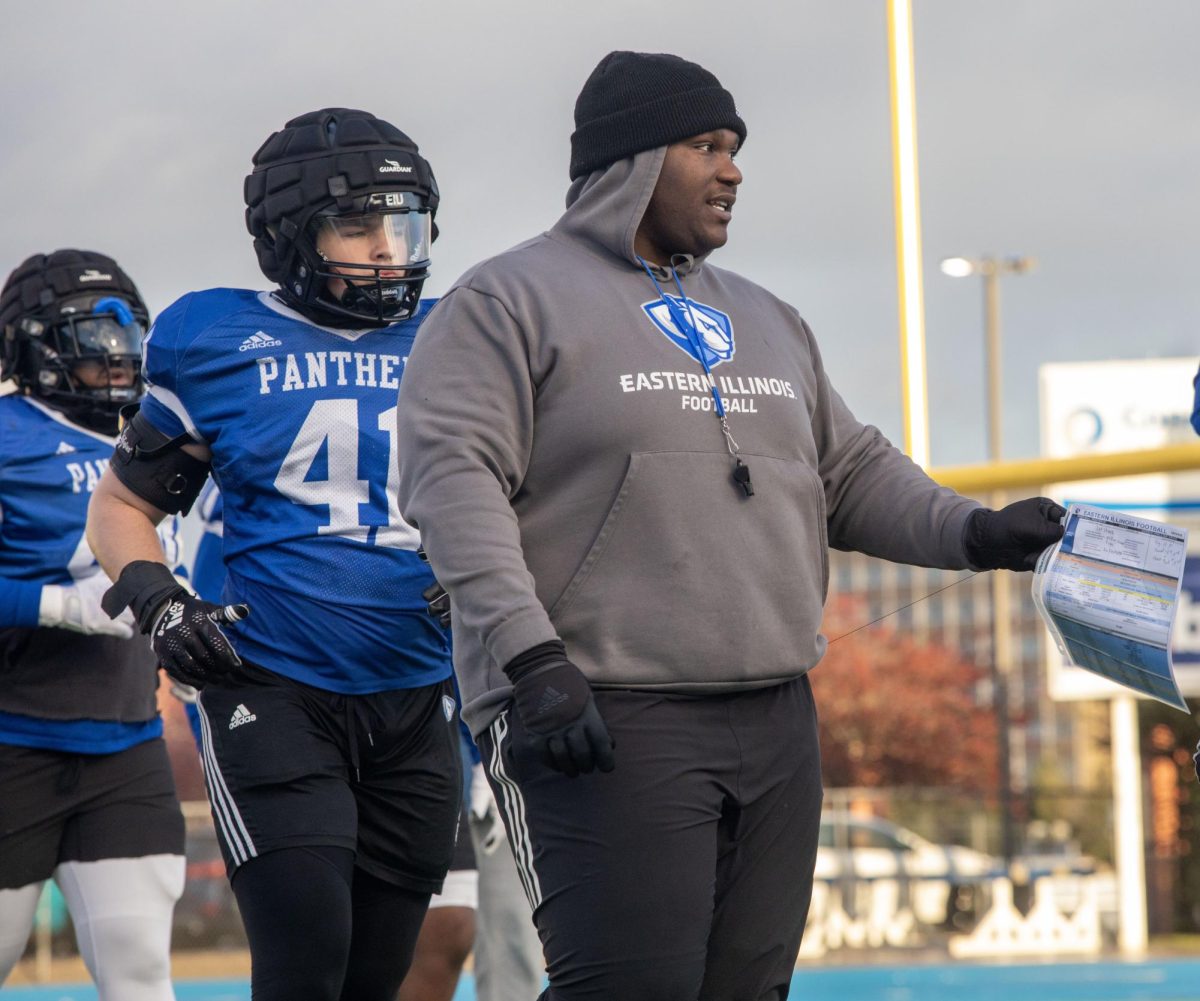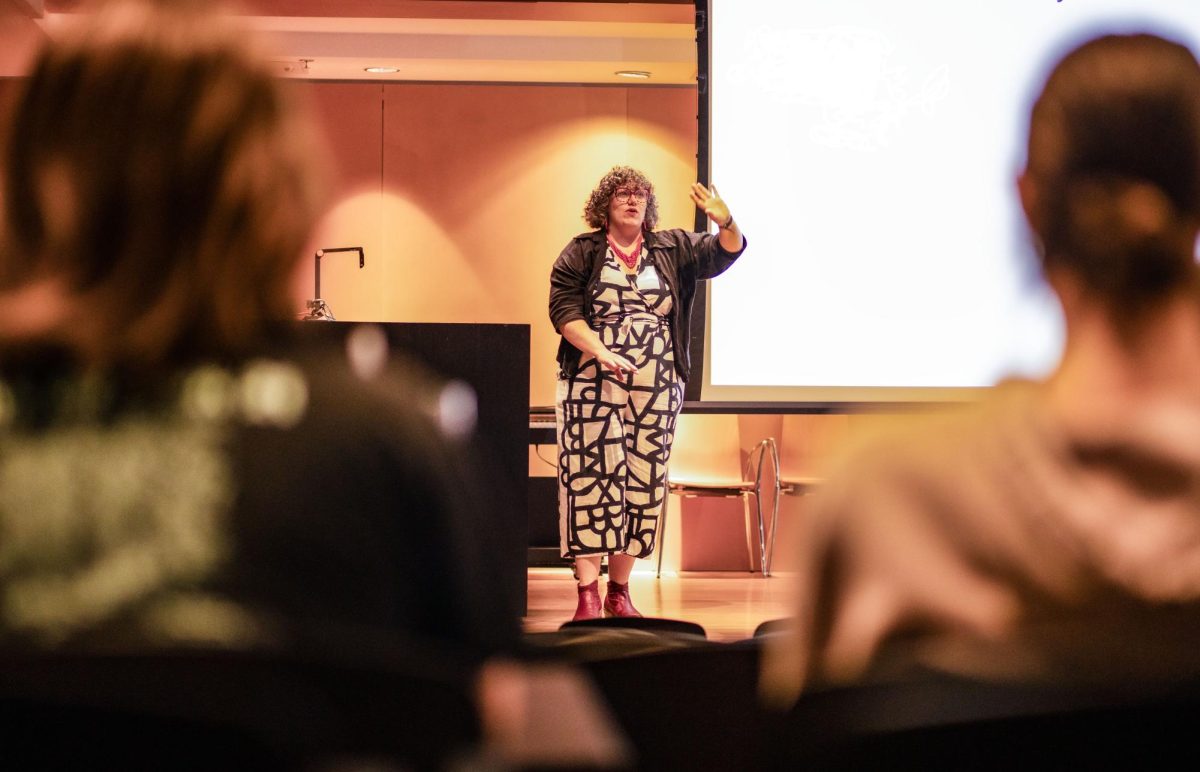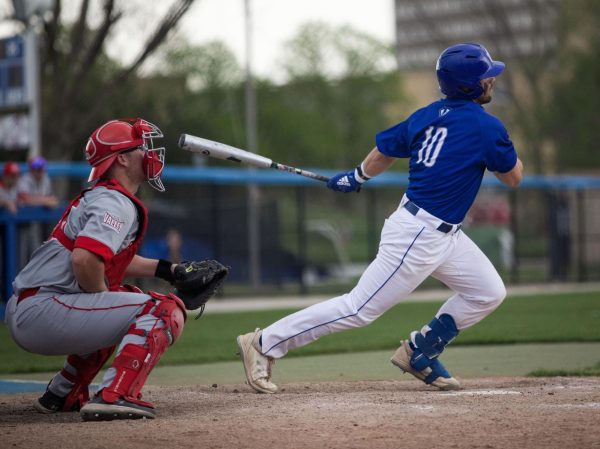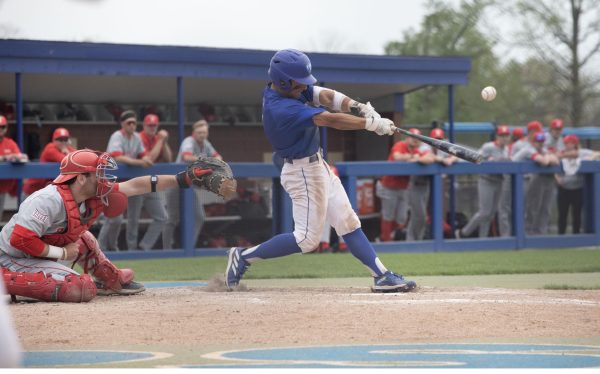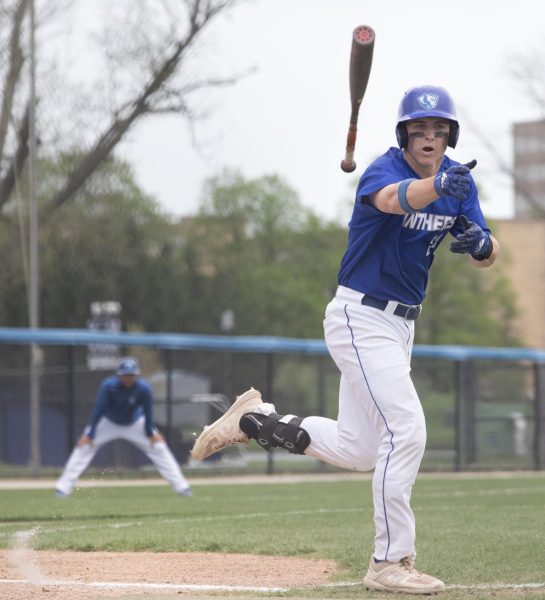The Charleston Riot of 1864
Editor’s note: This is the second article in the series entitled “Historic Charleston.”
On the evening of March 28, 1864, upon the courthouse square in Charleston, the tension of a nation divided by the Civil War erupted in one of the deadliest soldier-civilian conflicts in the North during the war.
What became known as the Charleston Riot would leave nine men dead, 12 men wounded, and would spark concerns of a Northern uprising that resulted in the direct involvement of President Abraham Lincoln.
The Build Up
In 1864, Charleston was a small town of just under 3,000 people, though most of Coles County consisted of farmers and major landowners.
A majority of these farmers and landowners had either migrated to Coles County from southern states, mainly Kentucky, or were descendants of those who had, said Peter Barry, author of “The Charleston, Illinois Riot, March 28, 1864” and a descendent of those involved in the riot.
With these migrants came Southern sentiments that stood in stark contrast with many Northerners’.
“The Kentuckians were accustomed to southern culture and a conservative ideology,” Barry writes.
The contrast between northern and southern ideologies was clearly illustrated with the development of the Civil War and the quarrels that ensued in the Coles County region between Democrats, or “Copperheads,” who opposed the war and sympathized with the South, Republican citizens and Union soldiers.
Most of these quarrels were void of violence, such as Copperheads showing their disapproval of the war by verbally harassing Union soldiers or Union soldiers roaming Mattoon and Charleston, shoving Copperheads to their knees and forcing them to swear allegiance to Lincoln and the Union.
However, confrontations between Copperheads and Union soldiers became more violent as the Civil War began to drag on—and in early 1864, they became brutal.
Throughout January and February on 1864, numerous incidents would result in beatings and deaths of Copperheads at the hands of Union soldiers, including the brutal attack upon Copperhead Robert McClain and the driving of him and his friends from Charleston on March 26.
Two days later, these incidents of violence paled in comparison to the violence that would unfold upon the Charleston Square.
The Riot
On March 28, 1864, the Charleston square was abuzz with activity and filled with wagons as residents from Coles and surrounding counties converged to celebrate the spring session of the 4th Circuit Court at the courthouse.
A Democratic rally also attracted hundreds of Copperheads, and 40 to 50 furloughed Union soldiers from the Illinois 54th Infantry filled the saloons prior to reporting for duty in Mattoon, Barry writes.
Tensions were high as Copperheads and soldiers engaged in sporadic bouts of shoving and yelling matches. Democratic leaders canceled the rally and began urging followers to return home before the situation got worse.
“The day was ominous,” Barry said. “The conflicts, harassments and bitterness between the Democratic citizens and soldiers had reached a boiling point.”
At 3 p.m. that evening, violence erupted.
“In view of the conflicting evidence, it is impossible to say positively who fired the first shot,” write Charles Coleman and Paul Spence in the “Journal of the Illinois State Historical Society.”
However, Barry explains, most witnesses loosely agreed that soldiers approached Copperhead Nelson Wells and began to harass him, at which time a pistol was drawn and fired.
With the crack of the pistol, the whole square became a scene or madness.
“The firing spread like wildfire,” Barry writes. “Shots were going in all directions.”
The Copperheads had an advantage in the fight, Coleman and Spence explain, because they had stored weapons under the hay and blankets in their wagons in expectation of a confrontation. Most of the soldiers were unarmed.
The shooting and fighting engulfed the entire square, including the interior of the courthouse.
Barry said the participants of an ongoing trial had to be evacuated from the courthouse after bullets began passing through.
After a matter of only a few minutes, nearly 100 shots had been fired, and the death toll stood at nine dead (six soldiers, two Copperheads and one innocent bystander) and 12 wounded (four soldiers, five Copperheads and three other residents), Coleman and Spence write.
The Aftermath and Lincoln
The next day, more than 600 soldiers were convened in Mattoon and Charleston to restore order to the area and to seek out the Copperheads involved in the riot.
Many of the Copperheads involved in the riot fled back to their homes and began to make arrangements to leave the state, some going as far as Oklahoma and Canada to escape being caught, Barry writes.
After 50 suspects were rounded up and interrogated, 29 were retained in custody and relocated to Camp Yates in Springfield.
Thirteen of these prisoners were released on April 17 after further investigation, Barry writes, and one prisoner died while in prison, leaving 15 in custody at Camp Yates.
During this time, newspapers across the nation were reporting the Charleston Riot as a potential precursor to a Northern uprising of Southern sympathizers.
President Abraham Lincoln also shared this concern, Barry writes. On June 24, 1864, Lincoln suspended the prisoners’ writ of habeas corpus and ordered them to be relocated to Fort Delaware, isolated upon the Delaware River, until he could analyze the evidence of the case.
However, Lincoln met resistance from Justice David Davis, who argued the prisoners’ writ of habeas corpus should not have been suspended and advocated their return to civil authorities.
Many members of the Coles County community, including personal friends and family members of Lincoln, wrote to the president and visited him in Washington, D.C., advocating for the prisoners’ release, Barry said.
On November 4, 1864, four days before being reelected, Lincoln ordered the prisoners be released from Fort Delaware and returned to the Coles County sheriff.
Once back in Coles County, all but two of the prisoners, Walsh Rardin and John Redmon, were released, Barry writes.
Rardin and Redmon were tried for murder in Effingham County on Dec. 6, 1864, and were found not guilty.
Tim Deters can be reached at 581-2812 or [email protected].




